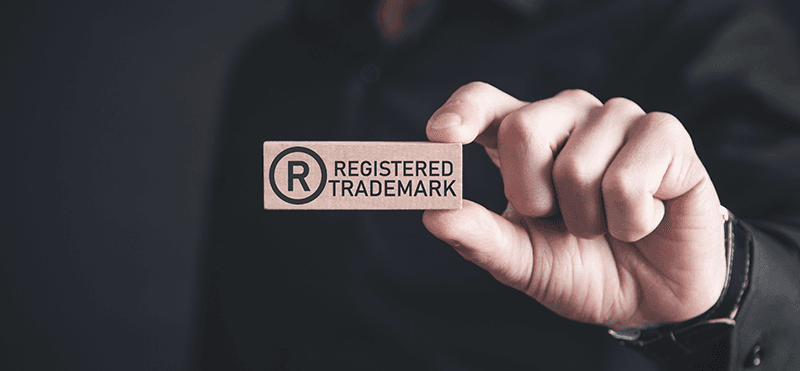The differences between jurisdictions can vary quite considerably, so this list is definitely not exhaustive, but a few major ones include:
Price
First and foremost, getting a trademark will cost you differently in each of these countries. All of them utilize a multi-class approach, where one class is included in the initial price of the application, and each additional class is then priced extra, but the pricing structure differs.
The US and Australia price additional classes at the same cost as the first one. The UK offers the second class at a lower price; the EU does too, but then charges a different amount for the third and each additional class.
For up-to-date prices, we recommend checking the respective IP offices' websites or the pricing of your trademark registration provider.
Length of the examination
If you apply for a trademark, the application will be assessed by the regional IP office. The length of this examination can vary a lot. In the EU, it takes about a month, three in the UK, four in Australia and eleven in the US.
Length of the opposition period
During the opposition period, owners of previously registered trademarks can come forward and challenge your application. In Australia, your mark will be published for opposition for three months, in the UK and the EU for two, and in the US for just one month.
Priority right
The EU and the UK employ the "First to File" system, while the US and Australia are "first-to-use" countries. In the first system, the priority right to a trademark is reserved for the entity that is the first to file a trademark application. In the latter, the rights are awarded to the entity first to use the mark in commerce.
Commercial use considerations
We have to make a special mention of the US because it employs a few processes that the other countries don't have. Most notably, to prevent trademark squatting, commercial use in the US market is checked. A mark can either already be commercially available at the time of applying, or, if it's not, some time is given to the owner for launch. But at some point, the owner has to prove that the goods or services labelled by the mark are available for purchase by US customers. This availability must then be proven around every five years to keep the trademark.
If you want to know how trademark registration works in your country of interest, it's best to seek the advice of a trademark attorney with local experience but to get a basic overview, you can also check our Country Guide.






